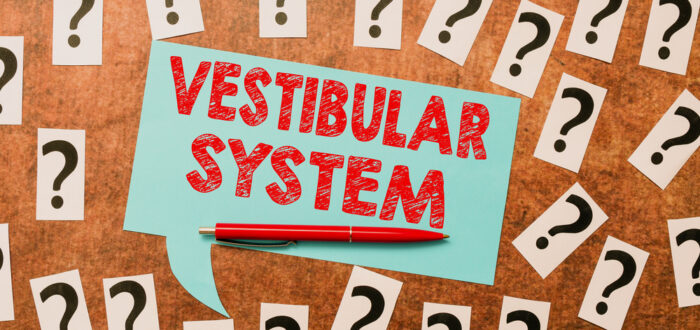The vestibular system, nestled within the inner ear, is pivotal for maintaining balance and spatial orientation. However, its role extends beyond equilibrium, intricately intertwining with our auditory function. Let’s delve into the profound connection between the vestibular system and hearing, shedding light on its mechanisms and implications for our sensory experience.
What is the Vestibular System?
The vestibular system, comprised of the semicircular canals, otolithic organs (utricle and saccule), and vestibular nerve pathways, is crucial for our sense of balance and motion detection.
Picture this: a delicate ballet of fluid-filled canals and sensory hair cells, poised to capture the slightest movement or shift in position. This is the vestibular system, a symphony of sensory input orchestrated by the brain to mobilize our sense of balance and spatial awareness.
But what gets overlooked is the symbiotic relationship between the vestibular system and our hearing. Like partners in a well-choreographed dance, these systems intertwine, each influencing and enhancing the other’s performance on the stage of sensory perception.
Sound and Motion: What You Should Know
- Spatial Auditory Localization: Imagine standing blindfolded in a crowded room, trying to pinpoint the source of a distant voice. This task, known as auditory localization, relies heavily on inputs from the vestibular system, which helps us gauge the direction and distance of sounds in our environment.
- Fluid Dynamics and Cochlear Function: Beneath the surface, the vestibular system’s fluid dynamics play a pivotal role in regulating pressure within the cochlea—the hearing organ. By modulating cochlear fluid movements, the vestibular system fine-tunes our auditory sensitivity, ensuring optimal sound perception.
- Reflexive Responses and Postural Control: Ever notice how your eyes remain fixed on a target while your head turns? This seamless coordination, known as the vestibulo-ocular reflex, is just one example of the vestibular system’s influence on auditory function. By stabilizing gaze and maintaining posture during movement, these reflexes indirectly shape our auditory experiences.
- Disorders and Disruptions: When the delicate dance of the vestibular system is disrupted, the repercussions can extend to our auditory realm. Conditions like Ménière’s disease or vestibular schwannoma often present with accompanying hearing loss, underscoring the intimate connection between these sensory domains.
In recognizing the profound interdependence between the vestibular system and hearing, we gain invaluable insights into human sensory perception. By addressing these interconnected facets, we pave the way for a more comprehensive approach to balance and hearing health.
Need Help? Have a Question? Contact Us Today!
Contact our experienced hearing care professionals at Madison & Saratoga Hearing Center for personalized guidance and expert care. If you have questions or would like to get your hearing checked, get in touch with us today to schedule an appointment. Call 518-430-4005 or click here to book a consultation today.

